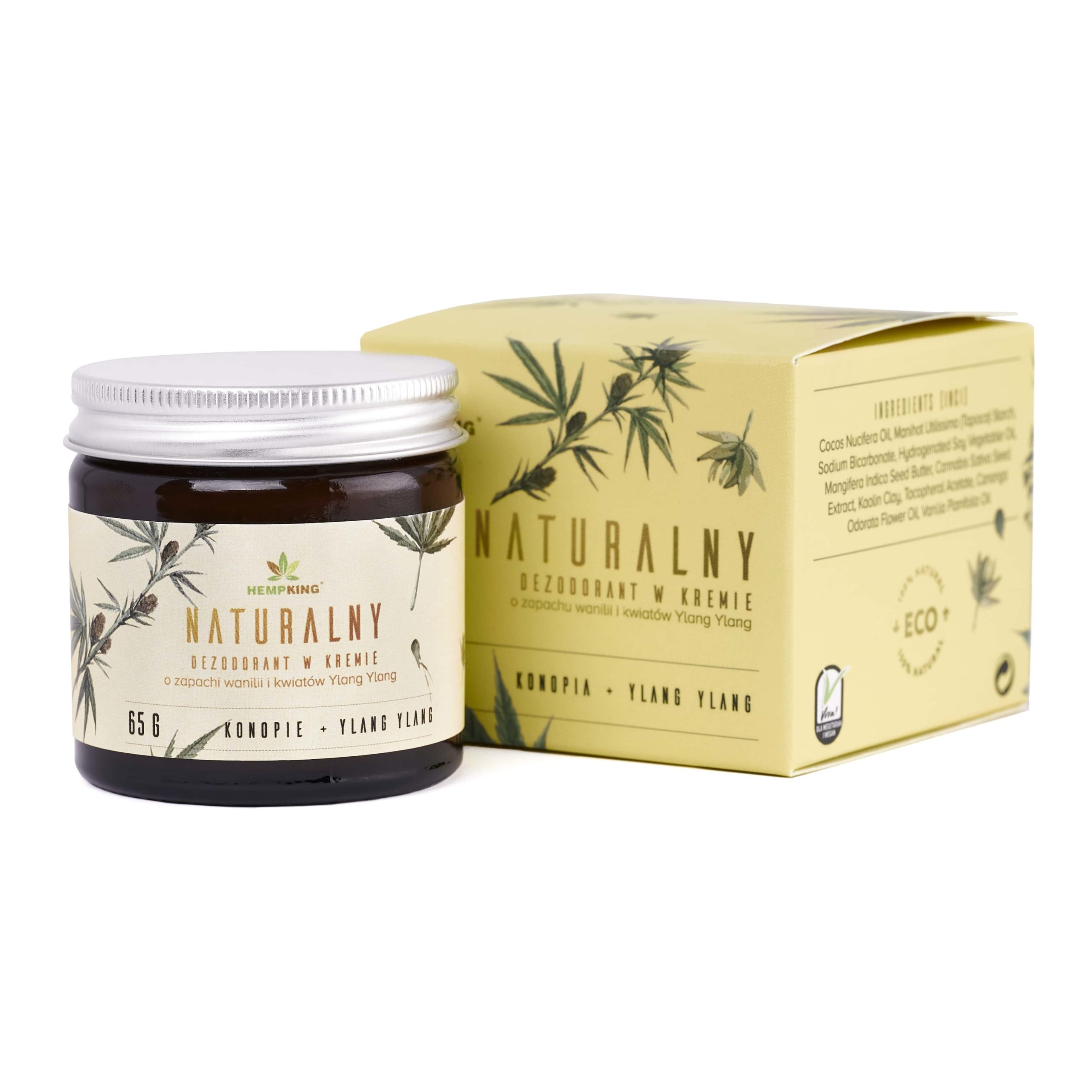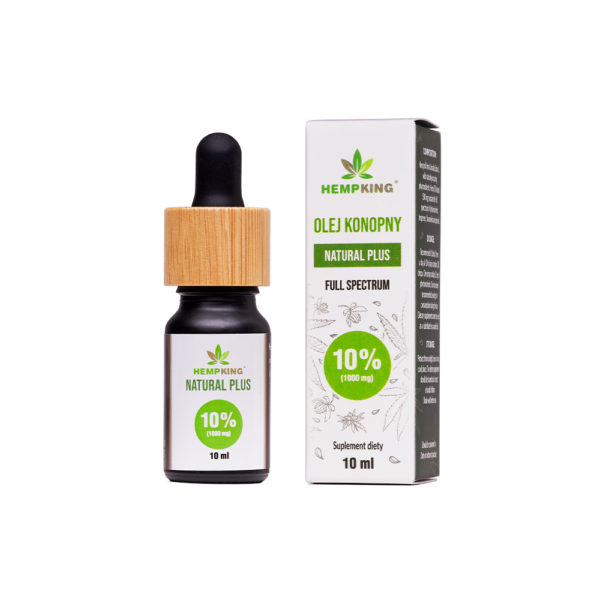7 Tips for Eco-Friendly Shopping
min. reading
Society is becoming increasingly knowledgeable about ecology in the broad sense and is showing more concern for the natural environment. As a result, most of us are incorporating actions into our daily lives aimed at protecting the planet. A significant number of these actions can be associated with something that concerns all of us: shopping. In this article, we provide tips on how to shop in an eco-friendly way. Discover eco-tips from HempKing!
Table of Contents
Eco-tip no. 1 – Segregate your waste
Eco-shopping also includes what happens to products after they have been purchased. A well-known ecological and not necessarily labor-intensive or time-consuming action is waste segregation. This applies to both small trash bins in our households (first) and large neighborhood dumpsters (later). In every home and on every estate, there should be containers for:
- plastics and metals (bins marked with yellow),
- glass (bins marked with green),
- paper (bins marked with blue),
- mixed waste (bins marked with black),
- bio waste (bins marked with brown).
Eco-tip no. 2 – Give up plastic
Eco-friendly shopping also means making smart consumer choices. Such a choice would be, for example, giving up plastic in favor of glass or paper. Buying a beverage, water, or juice in a glass bottle (although the product may be slightly more expensive than the one in a plastic bottle) is certainly more eco-friendly. Packing bread – instead of into plastic bags – into paper packaging also benefits the natural environment. As you can see, giving up plastic by replacing it with other materials is not difficult.
Eco-tip no. 3 – Don’t waste food
According to research coducted by the Institute of Environmental Protection, a collaboration between the State Research Institute and the Warsaw University of Life Sciences, nearly 5 million tons of food are wasted in Poland every year. About 60% of this food comes from households, the remaining 40% is food thrown away by supermarkets, shops, or restaurants. These data are alarming and there is no sign that 2022 will be any better. Meanwhile, during eco-shopping, we should always… measure our capabilities.
A shopping list prevents food waste
A good idea is to go shopping with a list – either a traditional one, made on a piece of paper (which we definitely recommend less), or an electronic one, located in a specially created app (which we definitely recommend more). This requires some actions from us – checking what is in our kitchen supplies, especially the fridge, thinking about what we will eat over the next few days, and only listing what we need. Also, while in the store, we should not be tempted by all the promotions offering us cheaper shopping on the condition of buying many items, if several of these products are going to end up in the bin. Let’s also remember that food we have already bought does not necessarily have to end up in our stomachs – maybe there is someone in our range who would gladly eat what we bought too much of?
Eco-tip no. 4 – Use reusable bags
Eco-friendly shopping also means using reusable bags. Such bags are either a very inexpensive expense, or they can be obtained for free. At various markets or festivals, bags with the logo of brands supporting the event are a very common gadget that anyone can receive for free. Let’s take advantage of this and remember that today we no longer need a wallet full of cash when shopping, what is mandatory are a phone or payment card, the aforementioned shopping list, and a reusable bag.
Eco-tip no. 5 – Be aware of what you are buying
Eco-shopping is conscious shopping. That’s why it’s worth choosing products marked with the “eco” or “organic” symbol and checking if they really are that (this is primarily evidenced by appropriate certificates). Unfortunately, not all manufacturers are honest and often use “green PR” to win the hearts of those who care about their own health and the natural environment, but are not necessarily conscious consumers. This “greenwashing” is such a popular phenomenon that it even has its own name. We have devoted a whole article to this. We encourage you to read it, and thus – to be aware of how not to be fooled by cheap eco-tricks!
Eco-tip no. 6 – Zero waste
During eco-friendly shopping, it’s worth following the increasingly popular approach to waste management, known as “zero waste”. It is the protection of resources through: first – responsible production, second – responsible consumption, third – reuse. How to implement the “zero waste” approach? Just remember the following five principles ( “5R”):
- refuse,
- reduce,
- reuse,
- recycle,
- rot.
Eco-tip no. 7 – Educate
The last thing anyone who has knowledge about eco-friendly actions during shopping (and not only) can do for the environment is to educate those who do not have this knowledge yet. This of course applies to parents shopping with children, teachers in schools, and everyone who surrounds themselves with people not necessarily aware of how small, non-demanding eco actions can make a big change in our lives and especially in the lives of future generations.







 Facebook
Facebook Instagram
Instagram

Leave a Reply